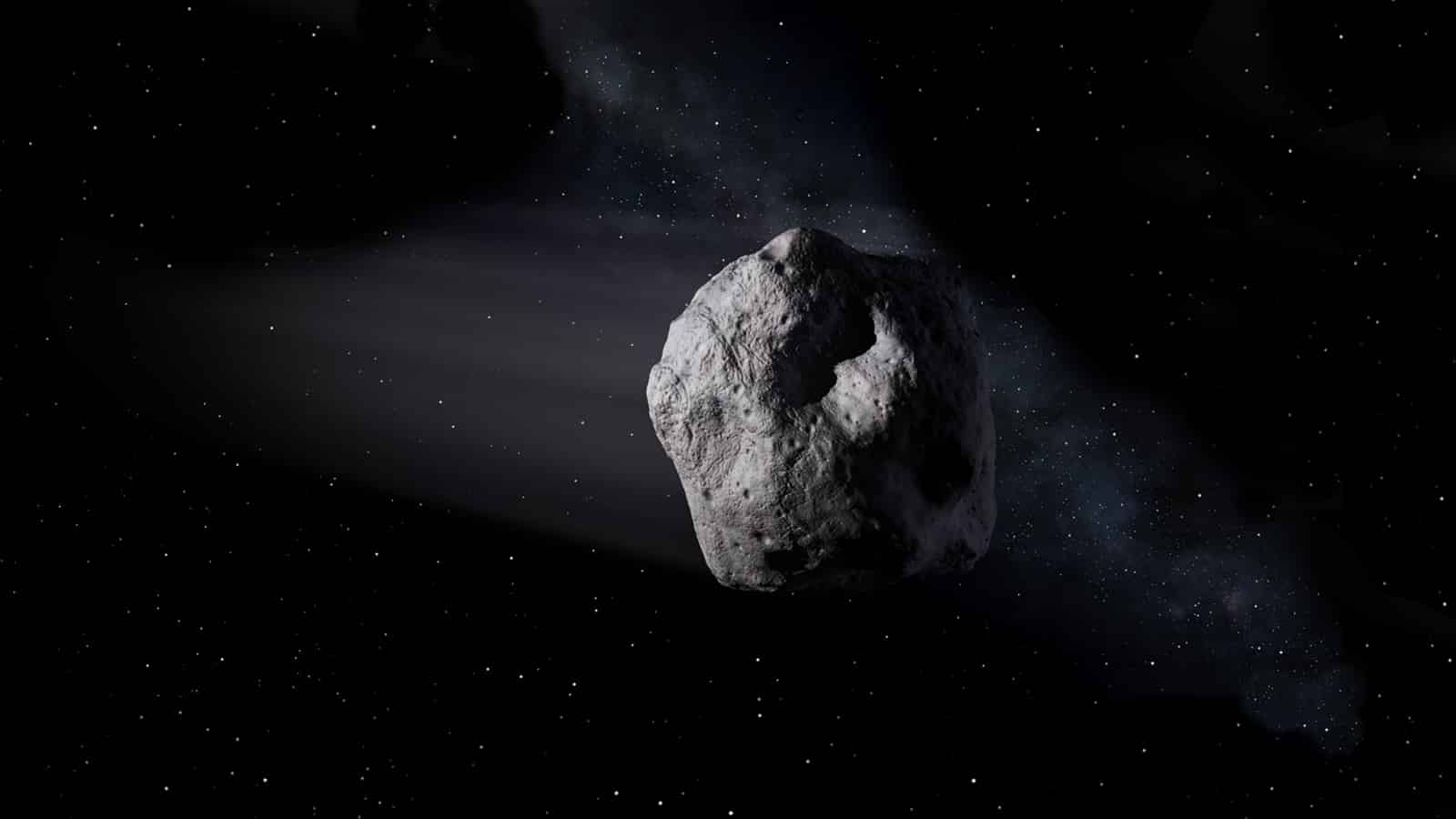2 Indian school girls from Surat spot space rock ‘Mars -Crosser’ that NASA scientists couldn’t
Paul Chodas, who leads the Center for Near-Earth Object Studies at NASA’s Jet Propulsion Laboratory in California, said that its unusual for human eyes to discover asteroids these days
2 Indian school girls from Surat, Gujarat have leapt into space through their recent discovery of an asteroid, and a Near-Earth Object named HLV2514, which NASA scientists failed to spot. Scientists have also called this asteroid a Mars-Crosser as it orbits at around the same distance from the Sun as Mars does, but the two bodies’ path doesn’t cross.
Radhika Lakhani and Vaidehi Vekariya, students of P.P Savani Chaitanya Vidya Sankul (CBSE) were taking part in a citizen-science project, International Astronomical Search Collaboration, using astronomical data when they realised that they saw something new. The object turned out to be an asteroid which has been dubbed 2020 OE6.
Paul Chodas, who leads the Center for Near-Earth Object Studies at NASA’s Jet Propulsion Laboratory in California, told Space.com that its unusual for human eyes to discover asteroids these days. “And Lakhani and Vekariya got lucky to do so,” Chodas explained that algorithms, typically do the hard work of spotting an unexpected object moving across the frame. “For this particular asteroid, those algorithms didn’t have enough information to spot the space rock.”
Also read: SpaceX Crew-1 mission with NASA, first fully operational crewed mission to space to launch in October
Lakhani and Vekariya found it in the images taken by Pan-STARRS on June 23. “This was a dream. I want to become an astronaut,” Vekariya told CNN. “I don’t even have a TV at home so that I can concentrate on my studies,” Lakhani said.
Robert Weryk, an astronomer at the University of Hawaii, said scientists would have discovered the asteroid sooner or later. He was able to track it down in images from another asteroid-hunting observatory and in pictures taken in 2013 and 2017, as well as in July 2020, a month after the two girls spotted it.
Also read: SpaceX makes historic splashdown for NASA’s commercial crew program
2020 OE6 is 50 million miles away from Planet Earth right now and will stay at more or less that distance for at least centuries if not millennia, Chodas said. The asteroid takes a bit more than three Earth years to orbit the sun and is between 1.2 and 3 miles wide.









































